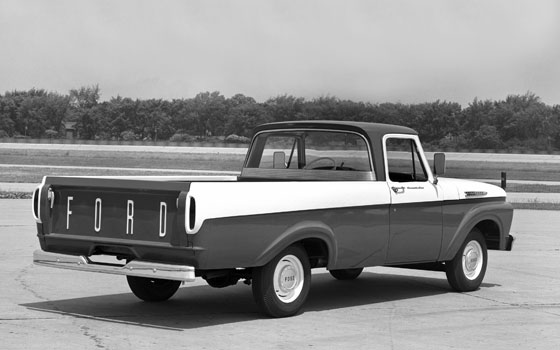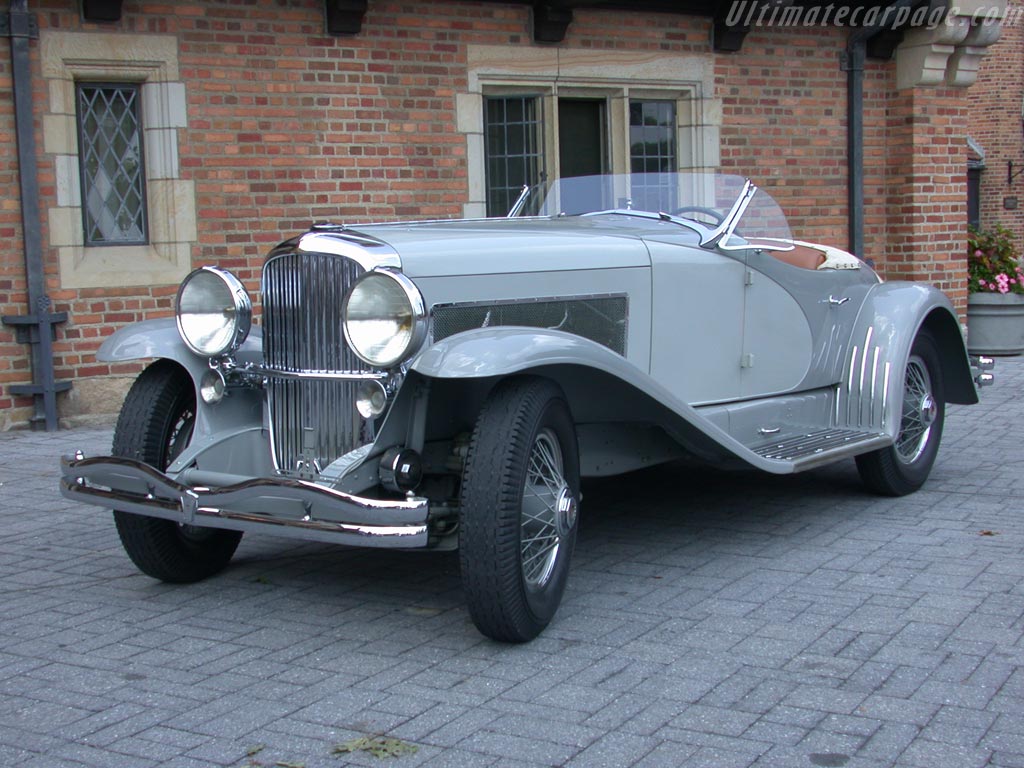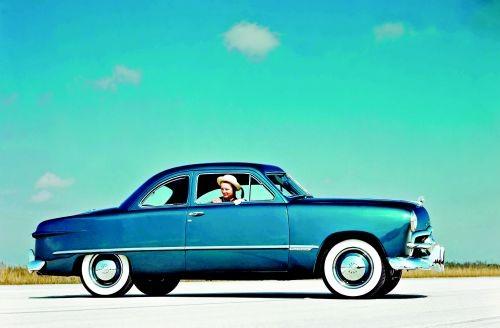Automotive Design History
 Wednesday, July 11, 2012 at 12:00PM
Wednesday, July 11, 2012 at 12:00PM 
Some years ago I was asked to write a history of the pickup truck for a client. Some of you might know that I've taught History of ID at Art Center for years, but most of you might not know that, ever since one idyllic summer of 1972 spent in Austin when the place was crawling with excellent restored examples of F100s, 5-window-cab Dodges and early 50's Chevys, I have been a fan of old pickups. So I jumped into the project with enthusiasm.
Then I ran up against the problem with automotive design history. Most of what's recorded is based on what's written in the magazines and reviews (the first draft of history, as always) - long descriptions of engine sizes and performance specs. Nothing about the intent of the designer.
Automotive design is a parallel universe to mine. I was raised as a product designer, and although of late I've been complaining that you can't find a good, detailed case study of product designs these days, it's even more difficult to find an explanation of the problem-solving process within transportation design.
Rant alert...
Compare a 60s-era issue of Industrial Design magazine with its modern-day, on line counterpart and you'll see what I mean. The old version of the magazine was filled with excellent articles describing at length the problem-solving process and rationale. What stands for today's version is a hopelessly shallow serving of visual snacks. (Any designer who complains that our clients don't understand us had better look at this face we show to our public.)
…end of rant.
It's even more difficult to get a sense of the problems automotive designers are taking on in their work, and how they think when they're solving them. There is no record like the old issues of ID Magazine to fall back on. Almost all of the books in our library (and I'd consider our design library probably the most complete on the West Coast) contain lengthy descriptions of models, dates, and engine performance specs, but precious little on what the designers themselves were thinking at the time.
Automotive designers occupy the next studio over from ours, figuratively speaking, but theirs is a different culture. Different way of talking about problems, and indeed, different problems they are attempting to solve. It is largely an oral process that occurs in the studio crit, and unless you sit an automotive designer down and ask them to backtrack through the decisions they've made, you'll not understand the work they have done.

Here's an example: the Duesenberg SSJ LaGrande Roadster. I was Googling Strother McMinn and came across a quote from him by our Transportation Department chair, Stewart Reed, saying, "Strother McMinn, my esteemed colleague, used to talk about the Gary Cooper Duesenberg (SSJ LaGrande roadster) -- the selfishness about it, with the tight interior and large body, which gave it that attitude." Reed goes on to say that when he was at Chrysler Advanced Design in the 1970s, "the "old-timers" felt that four doors were a stigma, and two-doors represented something a little more sporting, a little less practical. Eliminating as many pillars as possible was part of that philosophy, and designing "a selfish little coupé or roadster makes the car feel proportionally larger, makes it more imposing."
Set aside, for a moment, any bias you might have about car designers, ecological wastefulness, Detroit, the yearly model change, or what have you, and take yourself back to the simple days before the 1973 oil crisis. This tiny gem about the "selfishness" of the car and adjusting the proportions to make it more imposing - this is what I once heard Tom Matano refer to as "visual weight distribution" - that by elongating or shortening the greenhouse, the front deck, or the trunk lid a designer would convey to the observer what the promise of the vehicle was - family mover or "selfish" performance animal, for example.
The rest of the article, by the way (in Hemmings Classic Car magazine) was about the definition, exactly, of a "Club Coupe" - the other sort of material you'll find if you're researching auto design history. 95% of the lengthy article was about how many doors, how many cubic feet of back seat, how many pillars, and so forth, comprising a Club Coupe - an effort at pinning down a lexicon interesting perhaps to owners of classic cars, but only that one small quote that tells us about the intention of the designers.
 This, by the way, is what they call a Club Coupe.
This, by the way, is what they call a Club Coupe.
This was better than what you usually get, as in this article about the SSJ Roadster from another site. You'll see what I mean about there being nothing about the design process, other than the automotive engineering / manufacturing and to a certain extent, the marketing.
Automotive design is not a mystery to those who practice it. Some, like Matano, are eminently capable of clearly explaining what it is they do. But no one is recording this. Only occasionally do I come across glimpses behind the curtain - listening in at the Art Center Car Classic, or pinning one of my colleagues down and ask them to 'splain me what's behind a particular design. Which is what I did for the pickup truck project, and it was great fun.
 Katherine Bennett | Comments Off |
Katherine Bennett | Comments Off |